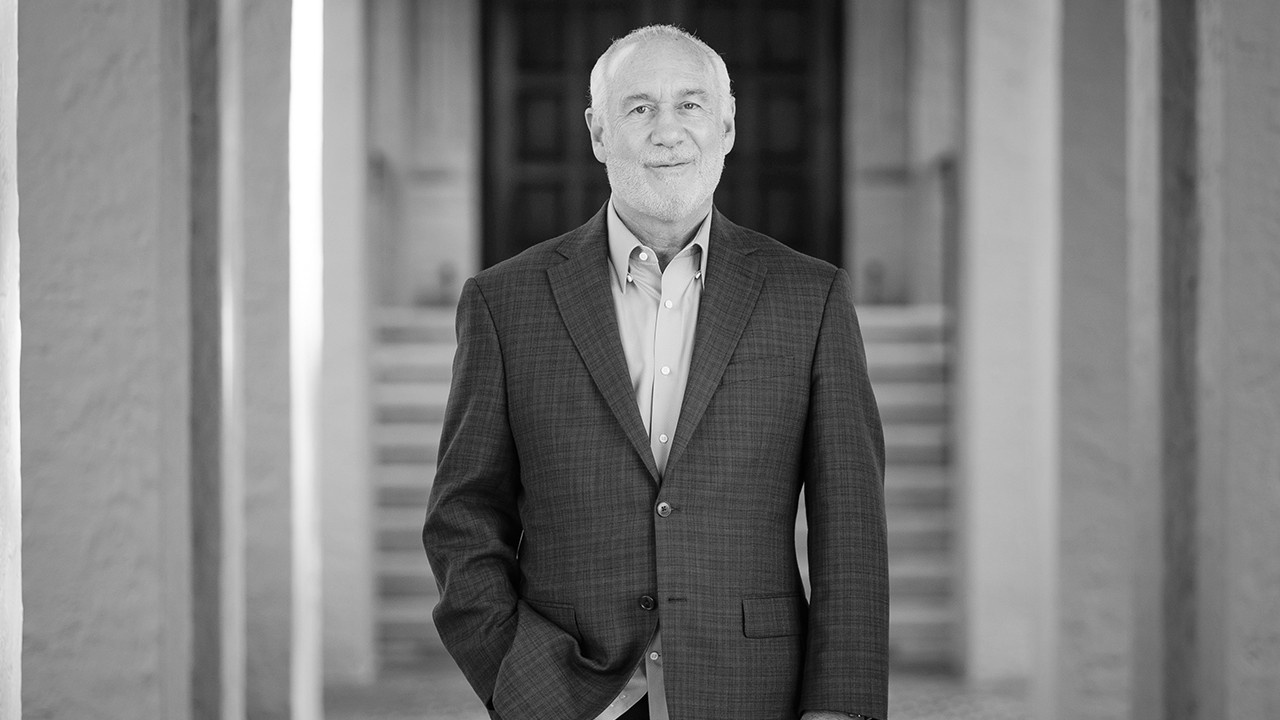The Local Church in a Remote World

As a coach and consultant to pastors and leaders across the nation, I am observing a new area of paradigm conflict among secular businesses and local church ministries. In this-post Covid world, we can all recognize significant shifts have occurred in how we operate, and many of them are permanent. This is not a temporary moment in time, but a transformation in how we will effectively achieve our assignments and fulfill our responsibilities.
Church trends have changed, and some people believe the church will never be the same numerically. I am not arguing with polls and surveys, but I am pursuing the exception to the rule. During Covid, I had the unique privilege of working with churches that pre-Covid were averaging over 5,000 members down to churches the size of 60. Two things happened with the pastors who gave me the distinct honor of serving them and walking through a time of unexpected challenges and unknown circumstances.
First we didn’t process how to take care of the church, but how to take care of the people.
Relevant and valuable principles and priorities emerged. Second, we recognized that the “Sunday Experience” was no longer king, but “Engagement and Community” became the heartfelt needs of the people. Once we shifted our focus to the people and outreach, we were able to focus on how.
How do we make people who feel isolated and lonely know they are not alone?
How do we improve our pastoral care and truly serve the people God has given us?
Those two questions and the answers helped my clients, friends and fellow laborers endure the restrictions of Covid and yet grow economically. They saw more resources coming in during COVID, had an above-average return in attendance, and increased income.
Every church I worked with saw over 3% growth financially, and some of the larger churches showed a 30% increase to pre-COVID metrics.
As I sit here today, I realize that many pastors are trying to go back to the pre-Covid model of ministry, and yet the needs of the people and the church have changed. A new, fresh, personal approach is needed to move forward in a healthy way. Screen content must bend to community.
Working for Apple or Amazon may allow you to work remotely, but interacting with people is always warmer, more insightful and more personal. The healthy church is a source of community both for the congregants who call it their church home as well as the cities and communities in which they exist. The church is a place for PEOPLE, and if people aren’t doing life together, they will definitely drift apart.
THE CHURCH IS A PLACE FOR PEOPLE
Kirk Alexander, a man in Salem, OR, ordered Dominoes Delivery religiously for years. He formed a relationship with the staff of that store, just six minutes from his home. When he changed his habits, the store noticed. One day, they looked up and realized they hadn’t heard from Kirk in over a week. The manager sent a driver by just to knock, and when there was no answer, they called 911. Kirk was found in dire need of medical attention. Pizza didn’t save his life and neither did technology. His relationships saved his life. My daughter has a pediatrician who says she will only see patients who come to their appointments faithfully. She says she has to put her hands on the babies.
If we can’t see our people, how will we know if they need ministry?
We as a church have to figuratively put our hands on our people. We have to see their behaviors and their faces. If their voices on the phone won’t tell us they’re struggling, their weary eyes will. Statistically, people who are actively involved or engaging in community are happier, healthier, and better for it.
Rosaria Butterfield explains it so well in her book The Gospel Comes with a House Key: Practicing Radically Ordinary Hospitality in a Post-Christian World. The premise is so simple: be hospitable. She describes, “A hospitality house speaks for itself. Look at all the cars parked outside. Look at the lights on. Look at the kids playing on the tire swing. Look at the neighbors already gathering. Look at the open door. It’s here for all to see.” It’s time to turn the lights on. Give the people the playgrounds and the rooms and the space. Invite them in, and when they cannot come to you, go to them. There are so many ways to facilitate community going forward, but I would start by asking some hard questions.
- How do we increase our traffic not just on Sundays, but Monday through Saturday?
- How do we increase our engagement and interactions not with other staff but with congregants?
- How do we ensure our pastoral care is at the highest quality for those who are sick, hospitalized or have lost a loved one?
- How can we be accessible so that if someone needs to, they can have access to us and “touch the hem of our garments?”
- How do we live with our disciples rather than just preach to them? (Jesus did.)
There are certainly more questions to ask, but questioning our focus, engagement, access, and quality will be the foundation going forward. Asking the people in your church and in your community and practicing the art of active listening will help us lead wiser, better and certainly longer.
It’s time to get back to the people business.
Stay up-to-date with all our upcoming releases!
Join our mailing list to receive the latest news and updates from us. Your information will not be shared.




